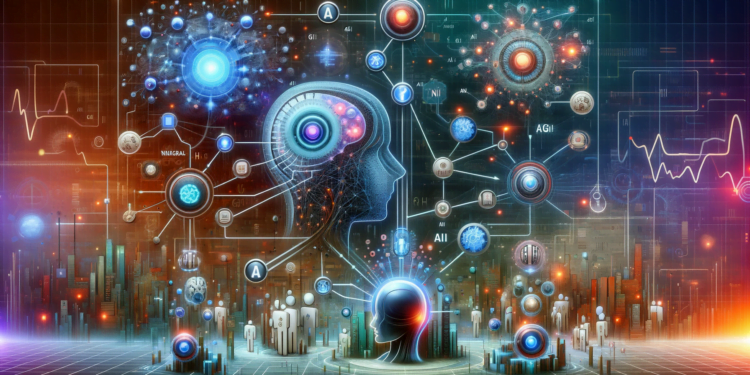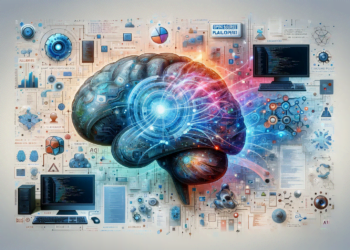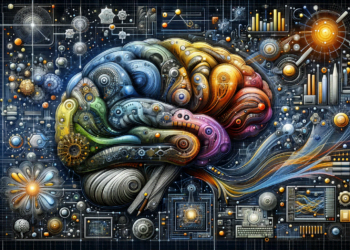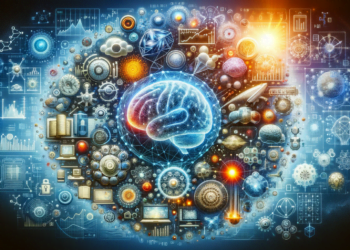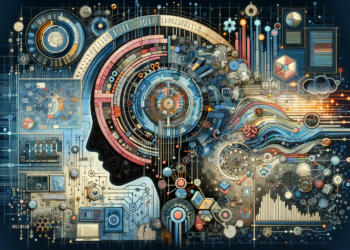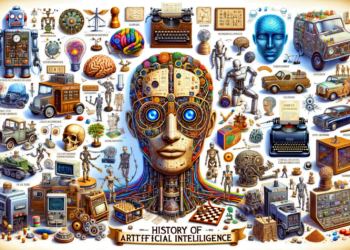In the current landscape of artificial intelligence (AI), we are witnessing a fascinating bifurcation in the goal of surpassing human capabilities: one path leads to Narrow Artificial Intelligence (NAI), highly specialized in specific tasks, while the other aligns with the grand challenge of General Artificial Intelligence (GAI), which aims to emulate the versatility and broad cognitive spectrum of humans. The separation between these two aspirations reflects not just a distinction in application and design, but a profound divergence in our conceptualization of “intelligence”.
Theoretical Basis: Specialized Machines versus Autonomous Entities
The original ambitions of AI revolved around creating machines that could perform any intellectual task that a human might undertake. However, the complexity inherent in multiple cognitive domains has led to forced specialization, creating expert systems that excel in specific domains, such as computer vision, natural language processing, or protein folding. These NAIs, which include systems like AlphaFold and GPT-3, have demonstrated superior ability in their specific niche but lack the capability to transfer their knowledge to untrained areas.
In contrast, GAI faces a herculean task: achieving a machine that performs a multitude of tasks without being limited to a particular domain, including the ability to learn and adapt autonomously. The possible realization of GAI still lies on the theoretical-experimental horizon, embodied in cutting-edge research projects like OpenAI and DeepMind, which probe the limits by integrating multiple specialized systems and exploring new learning paradigms.
Recent Advancements: Convergence and Modularity
While GAI is mostly viewed as a long-term goal, NAI continues to accumulate immediate successes. Nonetheless, NAI’s trend towards the convergence of different specialized skills is revealing, potentially premonitory of the first glimpses of generality. The architectures of deep neural networks with specialized modules and meta-learning systems that optimize performance through accrued experience expose possible pathways to amalgamate NAI’s specialization with GAI’s aspirational generality.
Consider the Transformer as a case study, a neural network architecture that, initially designed for language processing tasks, has shown versatility in multiple applications. Its ability to adapt to different contexts through transfer learning resembles the rudiments of a generalist system, though it is certainly far from the autonomous learning capability that would define a true GAI.
Emerging Practical Applications: Seeking Synthesis
In the realm of practical applications, both NAI and GAI have substantial implications, though the nature of their impact differs. NAI continues to empower advances in fields such as personalized medicine, logistics optimization, and cybersecurity. Meanwhile, GAI represents a paradigm shift in computing, with the potential to transform all disciplines and sectors by providing agents with the capability to perform any human cognitive task.
It is precisely in this amalgam of specific applications where NAI may pave the way towards GAI. For example, in medicine, a system that initially specializes in diagnostics might extend its capabilities to personalized treatments and patient care management, offering a glimpse of generality within a specific context.
Critical Reflection: Evaluating Capabilities and Risks
Evaluating capabilities and progress in AI requires a rigorous methodology that clearly differentiates between incremental improvements and fundamental advances. The creation of interdisciplinary benchmarks and the application of metrics that quantify not just accuracy, but also versatility and the transferability of knowledge are essential to charting the evolution of NAI towards GAI.
Moreover, it is imperative to address the inherent risks of more general and autonomous AI systems. Discussions on AI ethics, safety, and control of systems that could eventually operate with considerable independence are fundamental to the responsible development of technologies with such profound implications.
Future Direction: Towards Convergence
The pursuit of GAI inevitably leads to fundamental questions about the essence of intelligence and consciousness. As we move in this direction, it is likely that the gap between NAI and GAI will narrow through a more holistic approach that combines deep learning, symbolic, and emergent methods. The seamless integration of these methodologies is the next great challenge for the AI community.
The gradual convergence of NAI and GAI is an intoxicating prospect that could redefine our relationship with technology and, by extension, with ourselves. Only through a continual critical evaluation, step by step, can we understand and calibrate the true reaches of AI, both narrow and general, and ensure its development is aligned with humanity’s best interests.

